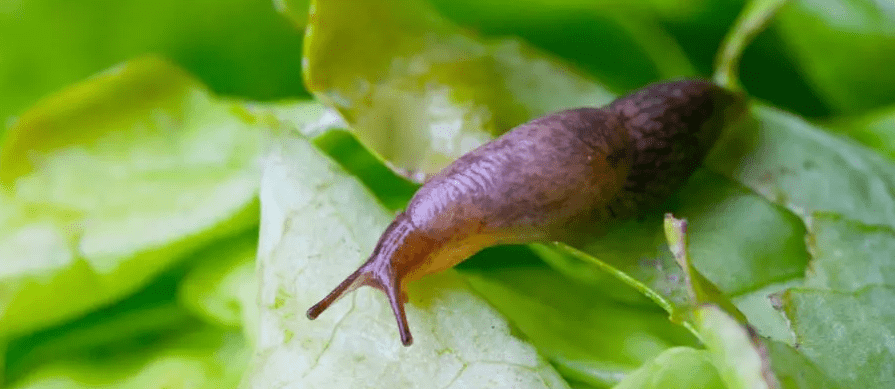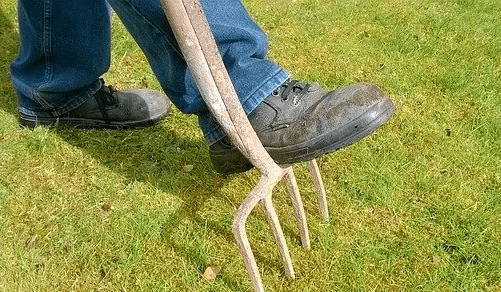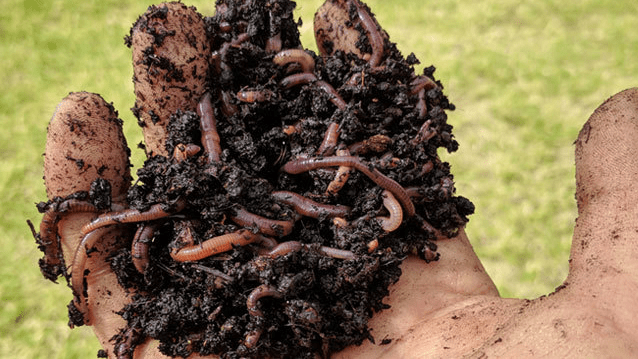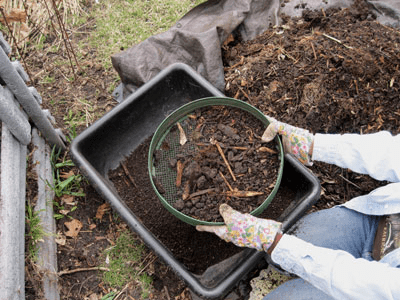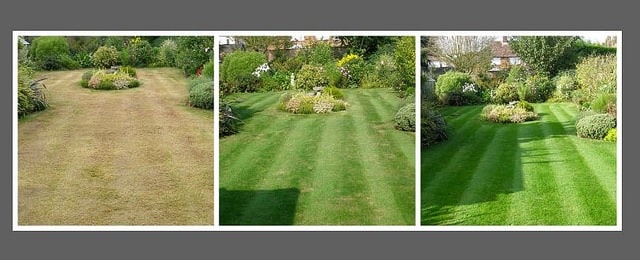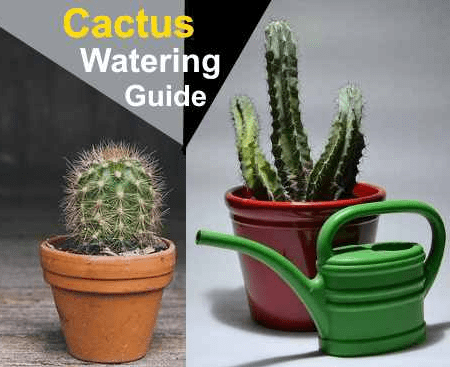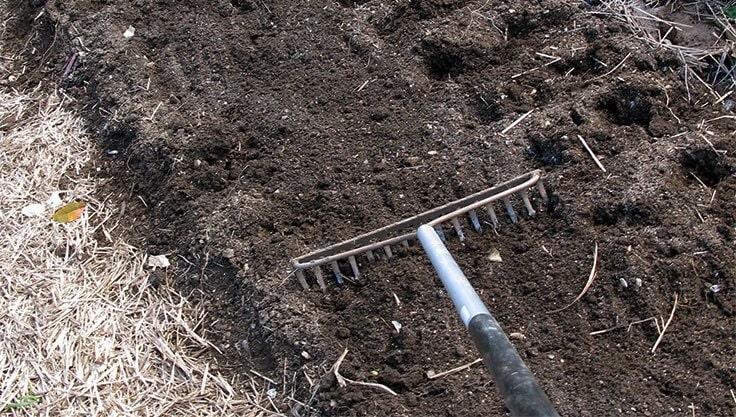Lavender has always been one of my favorite plants — I picture endless purple blooms and the calming scent drifting through my garden all summer long. But I still remember the frustration I felt the first time my lavender just wouldn’t flower, no matter what I did. If you’re in the same situation, don’t worry. I’ve learned what can go wrong and how to help lavender thrive — and I’d like to share it with you here.
Contents
Why Doesn’t Lavender Bloom?
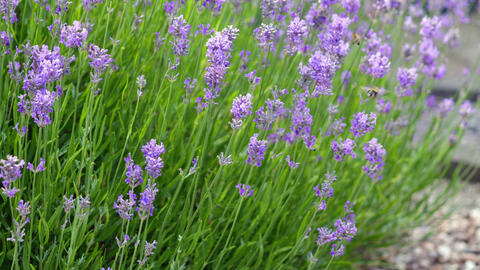
When lavender refuses to flower, it’s often because something about its growing conditions isn’t quite right. The main culprits are too much shade, soil that holds too much water, or mistakes with pruning. Lavender naturally loves the sun and prefers dry, lean soil — the more it mimics its native Mediterranean home, the happier it will be.
If lavender does not bloom or blooms poorly, it may be due to a location that is too shady. Lavender needs plenty of sunlight. Also check whether the soil drains water well. Lavender produces many flowers in dry, rather poor, and ideally lime-rich soil. Regular pruning at the right time is also crucial for abundant flowering.
Your Lavender Won’t Bloom? These Are the Reasons
Lavender is usually low-maintenance, but if yours won’t bloom, a few common factors might be to blame:
- Too Much Fertilizer: Lavender prefers poor, well-drained soil. Fertile soil or added fertilizer encourages foliage but reduces flowers.
- Not Enough Sun: Lavender needs at least 6–8 hours of direct sunlight daily. Too much shade means few or no blooms.
- Wrong Pruning: If you don’t prune regularly, plants get woody and produce fewer flowers. Lightly prune after flowering and give a harder trim in spring.
- Overwatering or Poor Drainage: Lavender hates soggy roots. Waterlogged soil leads to root rot, stressing the plant so it won’t bloom.
- Wrong Climate or Variety: Some lavenders need warm, dry conditions to bloom well. Choose varieties suited to your zone.
- Young Plants: Newly planted lavender may take a year or two to settle and flower abundantly.
Fix these basics, and you’ll likely see those fragrant purple spikes next season!
Sunlight: The Key to Lavender’s Blooms
Lavender is a true sun-worshipper. If it’s planted somewhere too shady, like under trees or next to tall shrubs, you’ll likely see lots of green leaves but few (if any) flowers. Ideally, lavender needs at least eight hours of direct sunlight each day during the growing season. More is even better! Without enough sun, the stems stretch out, the leaves turn soft, and flowers are replaced by lanky, weak growth.
Lavender is a child of the South. This Mediterranean plant loves the sun. If the location in your garden is too shady, lavender will produce few or no flowers. Therefore, never plant lavender under trees or at the edge of shrubs that will shade these sun worshippers. Eight hours of sunlight during the season is ideal for lavender to shine in blue. More is always better. Less sunlight will cause the leaves to become soft and spindly. Instead of flowers, you’ll get lanky growth.
Soil and Drainage: Make It Poor — On Purpose!
Healthy lavender starts with the right soil. A well-draining, mineral-rich soil is best. Heavy, damp soil can quickly lead to root rot and stop blooms from forming altogether. Standing water is lavender’s enemy. It also doesn’t like overly fertile soil — unlike other perennials that love a good feed, lavender flowers best when the soil is on the poorer side. I learned the hard way that adding too much compost or fertilizer actually reduces flowers instead of helping them.
Lavender prefers well-draining, mineral soil. If the soil is too moist, not only does the grey-leaved semi-shrub suffer, but so does its flowering. In waterlogged soil, lavender completely fails. The soil should also not be too rich in nutrients. Fertilizing lavender requires a delicate touch. Unlike showy perennials like delphinium, which can handle a good dose of mineral fertilizer for abundant blooms, lavender blooms better the poorer the soil conditions are.
Pruning: Don’t Skip It
Why Does Pruning Influence Whether Lavender Blooms or Not?
One thing I used to neglect was pruning — and my lavender paid the price. If lavender isn’t trimmed regularly, it grows long, woody stems that flower less each year. A good pruning routine keeps plants compact, encourages fresh growth, and ensures lots of flowers. Here’s what works for me:
- I prune my lavender twice a year — once in early spring (around February or March, after the last heavy frosts) and once after it finishes flowering (usually from July to mid-August).
- If you cut too late in spring, you might remove the new flower buds by accident — no blooms that year!
- If you delay summer pruning too long, the new shoots won’t mature before winter. Frost can damage them badly, which also hurts next year’s blooms — especially in colder regions.
Why Does Pruning Influence Whether Lavender Blooms or Not?
Regular pruning prevents lavender from becoming bare and woody. Without pruning, the plants develop long, woody stems. These stems usually produce only a few, ever smaller, or even no flowers at all. If you let spent blooms go to seed, the plant uses energy that it would otherwise put into producing new flowers the following year. Normally, lavender is pruned twice a year: in early spring (February, March) after the last severe frosts, and again after flowering (July to mid-August). If the first cut is too late, you may accidentally cut off the flower buds — then you won’t get any blooms that year. On the other hand, if you wait too long to do the summer pruning after flowering, the freshly sprouting lavender bushes may not mature properly before winter and can suffer frost damage. In that case, the plants may not bloom at all. This is especially true in areas with harsh winters.
My Takeaway
So, when my lavender didn’t bloom, it was usually too much shade, soil that stayed wet too long, or skipped pruning. Once I fixed these things — choosing the sunniest spot, planting in gritty, well-drained soil, and pruning at the right time — my lavender rewarded me with the beautiful purple waves I’d always imagined.
If your lavender is stubbornly green but flowerless, don’t give up! With a few simple changes, you can enjoy a healthy lavender patch buzzing with bees and bursting with blooms. I hope my experience helps you get there — and that your garden soon smells as wonderful as mine does every summer.


